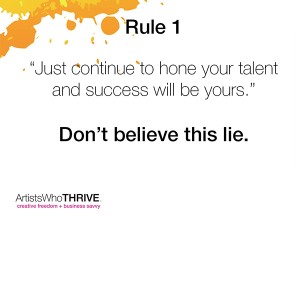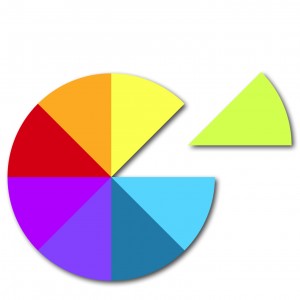“How long did it take you to make that?”
Are you an artist who gets this question?
I have and I probably will again.
Now, I know that many artists are irritated by this question.
But the thing is, art is not always the easiest conversation starter.
“Talking about music is like dancing about architecture.” unknown
So when you do get this annoying question, it may just be an ill informed attempt to make conversation with you.
Many artists bristle against this question and they silently answer,
- “Really, does it matter?”
or..
- “Actually, it took me under twenty minutes and it was incredibly easy and fun. Can I charge for this?”
You bet you ass you can!
The best art is made with complete ease and enjoyment.
When you are making art and it’s no fun and it’s hard, it looks like crap. Right?
So overworking your art is not an option to be proud of.
If you want to take a long time to make your art, have at it. That may part of your creative process.
But if it’s a joyful breeze, like my painting is, then that’s fantastic!
The best answer that I have heard to the question, “How long did it take you to make that?” is “All my life.” unknown
It’s not a snarky retort; it’s actually the truth.
How do I know?
How long does it take vocalist to belt out an amazing song?
It probably takes under five minutes to perform a song yet years of preceding practice to sing it so that crowds want to actually pay to listen to it.
The reason that I’m bringing this up is that some artists that I work with are often conflicted about charging hundreds or thousands of dollars for art made in a relativity short amount of time with complete ease.
Let it go. God bless America!
If and when you get to the place where you can charge thousands of dollars an hour for your artistic effort. You’ve earned it.
How? By logging years practicing and marketing to find and celebrate your tribe who benefit from your creations.
So the real answer to the common question “How long did it take you to make that?”, is actually “All of my life.”






